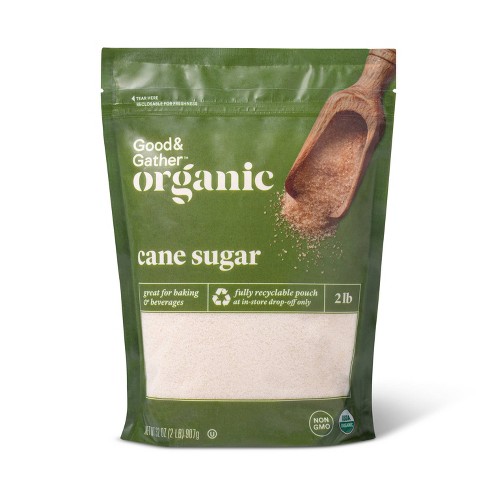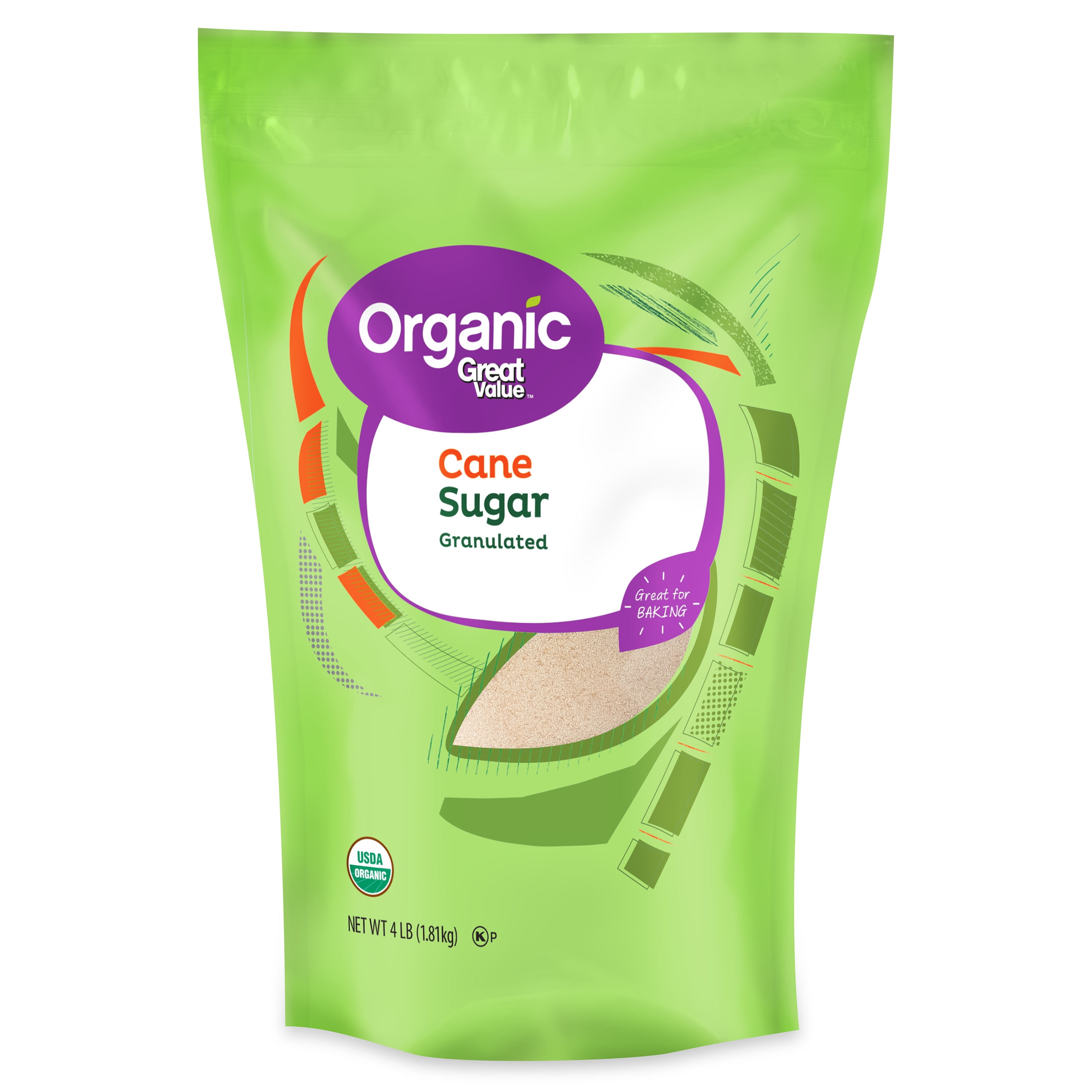Checking Out the Comprehensive Tips Associated With Walking Stick Sugar Handling From Collecting to Improvement
The procedure of walking cane sugar manufacturing encompasses a series of intricate steps, beginning with the careful harvesting of sugarcane and culminating in the improvement stages that ensure the last item meets industry requirements. Each phase, from the removal of juice to the purification and condensation procedures, plays a critical function in establishing the quality and personality of the sugar. Recognizing these stages not only highlights the intricacy of sugar manufacturing yet also increases critical questions about performance, sustainability, and technology in the market. What implications do these elements have for future methods?
Gathering Sugarcane
Gathering sugarcane is an essential action in the walking stick sugar handling chain, as it straight influences the top quality and return of the end product. Proper timing and methods are necessary during this phase to make certain optimum sugar content and minimize losses. Generally, sugarcane is harvested when it reaches maturity, usually 12 to 18 months after planting, defined by a high sucrose concentration.

Post-harvest, the sugarcane must be processed swiftly to avoid sucrose degradation. Preferably, gathered walking stick must be transferred to refining centers within 1 day to preserve sugar quality. For that reason, reliable logistical preparation is important to preserve the integrity of the harvested plant throughout the supply chain.
Removal Refine

The smashed walking stick goes through a collection of pressing procedures to make the most of juice recuperation. Generally, warm water is sprayed onto the crushed walking cane, producing a countercurrent flow that aids dissolve the sugar while additionally aiding in the extraction procedure. The juice collected from this procedure has not only sugar but also numerous organic substances and contaminations.

To boost removal efficiency, some centers might employ diffusion methods, where the sugarcane is saturated in warm water, permitting the soluble sugars to diffuse into the fluid. The resulting juice, rich in sucrose, is after that routed to subsequent processing phases, laying the foundation for purification and refinement. The extraction process is thus crucial in establishing the high quality and return of the last sugar item.
Filtration Methods
The filtration techniques used in walking cane sugar handling are essential for changing the raw juice right into a premium sugar product. These approaches primarily aim to get rid of impurities, such as soil, plant materials, and not natural compounds, which can negatively influence the final product's flavor and color.
This procedure involves including lime and heat to the raw juice, which promotes the coagulation of impurities. Additionally, the use of phosphoric acid can boost the have a peek at this website information process by additional binding pollutants.
An additional substantial technique is carbonatation, where co2 is presented to the clarified juice. This reaction creates calcium carbonate, which catches continuing to be pollutants and promotes their removal.
In addition, triggered carbon therapy may be put on adsorb any type of staying colorants and natural contaminations, making certain an extra polished item. The mix of these approaches efficiently prepares the sugar juice for subsequent action in the refining procedure, establishing the stage for the production of top notch cane sugar.
Crystallization Methods
After the filtration stage, the next crucial action in walking stick sugar processing includes condensation approaches, which play a pivotal role in changing the cleared up juice right into solid sugar. This process typically utilizes two key approaches: spontaneous crystallization and controlled crystallization.
In spontaneous formation, supersaturated sugar solutions are permitted to cool down naturally, leading to the formation of sugar crystals with time. This technique is simpler however might lead to irregular crystal sizes and reduced purity degrees. On the other hand, managed crystallization is a more accurate technique where focus, temperature, why not try here and seeding representatives are thoroughly handled. This method permits the consistent growth of sugar crystals and higher purity.
Throughout crystallization, the clarified juice is concentrated with dissipation, boosting its sugar web content until it reaches supersaturation. As soon as this point is attained, either technique can promote the crystallization procedure. Cane Sugar Processing. The resultant sugar crystals are then divided from the staying syrup through centrifugation
Inevitably, the choice of formation approach affects the top quality, size, and pureness of the last sugar item, making this action vital in the total walking stick sugar processing treatment.
Refinement and Product Packaging
Exactly how can the purity and top quality of walking cane sugar be better boosted after crystallization? The improvement procedure plays a crucial function in attaining top notch cane sugar. Following crystallization, sugar undertakes an extensive cleaning to remove impurities and recurring molasses. This is typically accomplished utilizing warm water or vapor, which aids dissolve and draw out unwanted aspects while protecting the sugar crystals.
Next, the sugar goes through a process called centrifugation, where it is spun at high speeds to divide the cleansed sugar crystals from the remaining liquid. After centrifugation, the sugar is usually more refined with a method called carbonization or phosphatation, which makes use of triggered carbon or phosphoric acid to get rid of shade and off-flavors.
When fine-tuned, the sugar is dried out to achieve the preferred moisture web content, ensuring that it remains steady throughout storage space and transportation. The last step includes packaging the refined sugar in moisture-proof and impermeable containers to maintain its quality and prevent contamination. Cane Sugar Processing. Correct packaging not only expands rack life but additionally helps with easy handling and circulation, ensuring that customers receive sugar that satisfies the highest possible requirements of pureness and quality
Verdict
The comprehensive actions associated with walking cane sugar processing, from the precise harvesting of sugarcane to the complex improvement and packaging stages, underscore the relevance of each stage in making sure premium sugar manufacturing. Ideal harvesting techniques, efficient extraction methods, and strenuous filtration procedures collectively add to the end product's purity and stability. The formation and succeeding packaging techniques better enhance the honesty and service life of the sugar, highlighting the intricacy and precision inherent in this vital agricultural industry.
The process of walking stick sugar manufacturing encompasses a collection of complex actions, beginning with the cautious harvesting of sugarcane and finishing in the improvement phases that ensure the last item satisfies market standards. Ideally, harvested walking cane must be transported to processing facilities within 24 hours to protect sugar quality.In spontaneous crystallization, supersaturated his explanation sugar options are permitted to cool naturally, leading to the development of sugar crystals over time - Cane Sugar Processing. The refinement process plays a critical role in accomplishing high-grade walking stick sugar.The extensive steps involved in walking stick sugar handling, from the meticulous harvesting of sugarcane to the intricate refinement and product packaging phases, emphasize the relevance of each stage in making sure high-grade sugar production